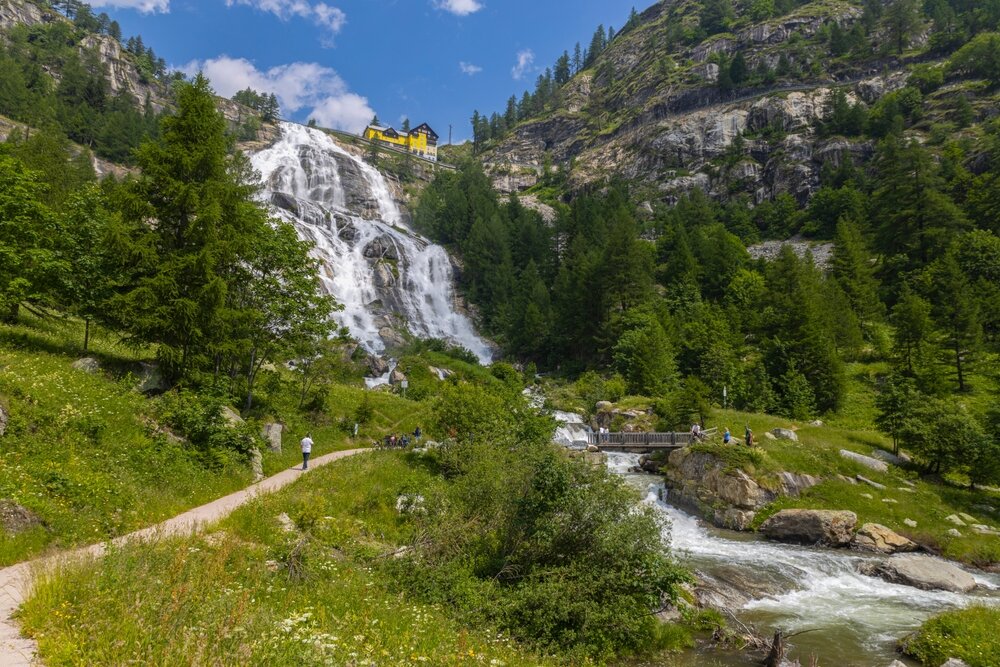Demand for nature, wellness, gastronomic and active holidays has risen by 8%, according to Mabrian
Experiential travel as a motive for a taking a holiday has increased by 8% globally since 2019, with Northern European countries best placed to capitalise on this growing trend.
The findings are based on the latest analysis by leading travel intelligence company Mabrian, which has identified that, in 2024, tourists are increasingly looking for active, nature, gastronomic and wellness experiences. This is opposed to more conventional tourism experiences, which include culture, sun and beach, family activities, nightlife and shopping.
According to the findings, Northern European countries – specifically Iceland (pictured), Norway, Finland, Slovenia and Switzerland – are currently best placed to serve the growing demand for experiential activities, with a 60% share in visitor interest.
Destinations with the most potential to begin trending in 2024 include Italy's Piedmont for its balance of cultural and nature offerings. France's New Aquitaine region – home to Bordeaux, Biarritz and Limoges – ranks second. In third place is eastern England, UK, spanning Cambridge, Essex and Norfolk.
 Toce Waterfall, Italy’s Piedmont region
Toce Waterfall, Italy’s Piedmont region
Completing Mabrian's list of the top 10 destinations with potential to trend in 2024 is Occitania (France), Campania (Italy), North Rhine-Westphalia (Germany), Lombardy (Italy), Emilia-Romagna (Italy), the province of Hamburg (Germany), and the province of Lisbon (Portugal).
Mabrian conducted the study using advanced methodologies, including sentiment analysis of travellers through active listening on social media and transactional data on future air connectivity. In addition, more than 380 million tourist mentions online from the period between January and October 2023 were analysed and compared with the four previous years.
BUILD YOUR OWN TRAVEL BUSINESS. JOIN TRAVEL COUNSELLORS' NEXT EVENT TO FIND OUT HOW
Commenting on the research, Mabrian chief marketing officer Carlos Cendra said: “While it’s challenging to generalise trends today, given the disparity of segments and interests, it’s crucial to identify the global and structural shift in travel motivations, especially among the new generations.
“Each destination possesses unique characteristics and a distinct tourism offering, but all must pay attention to the evolution of traveller motivations and strive to adapt their offerings as agilely as possible, given the competition is global and increasing.”

_w=940_h=488_pjpg.jpg?v=1c492915)



_w=640_h=335_pjpg.jpg?v=1c492915)
_w=640_h=335_pjpg.jpg?v=1c492915)
_w=640_h=335_pjpg.jpg?v=1c492915)
_w=640_h=335.png?v=1c492915)